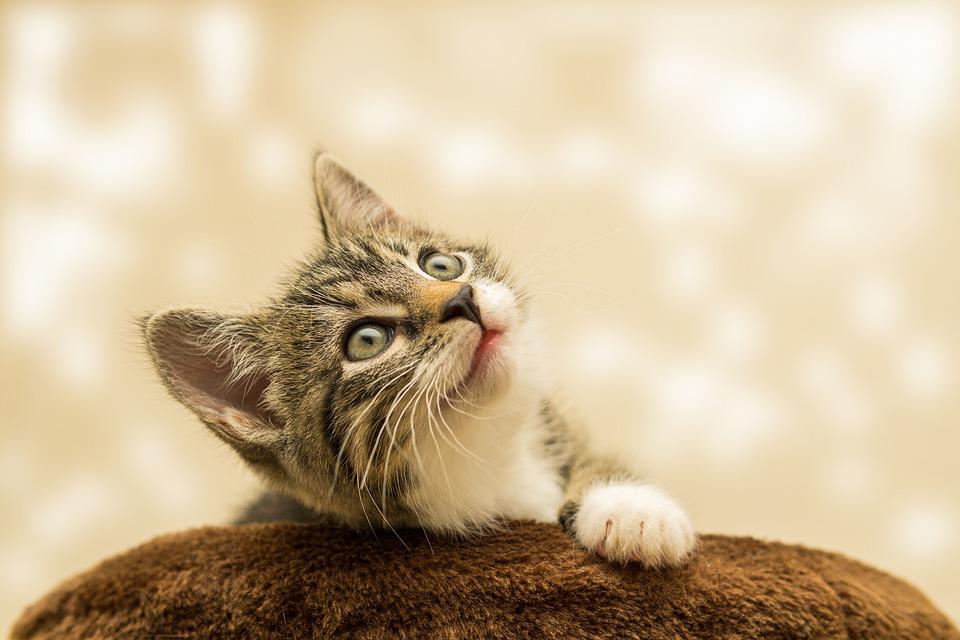Petfirst routine care benefits are more crucial than you may realize. It's more than just a trip to the veterinarian or a routine check-up.
Pets have evolved to be intensely sensitive to humans, as well as our behavior and emotions.
Finally, when selecting a pet, be honest with yourself about the lifestyle you prefer and the type of creature you want to care for.
Then, look for the petfist routine care benefits If you are unsure about caring for a larger animal, begin with a fish or a smaller, caged animal. See how it fits and then proceed from there.

What exactly are Pet first Routine Care Benefits
Petfirst routine care benefits are types of preventive care. Aside from exercising and feeding your cat, there are several other factors of healthcare that must be considered to guarantee your pet has a long, happy, and healthy life.
Petfirst care routine benefits such as veterinary care like immunizations, dental treatment, and parasite control are all examples of routine care.
Petfirst routine care benefits Wellness
Currently, Just such humans, dogs, and cats need to benefit from routine examinations to detect animal problems earlier and promote a longer happier life.
What is the distinction between veterinary visits and routine care
This is referred to as a vet visit when you take your pet to the vet because he or she is ill.
Consultations, radiography (X-rays), pathology (blood testing), and dental procedures are examples of these.
"Routine care coverage" refers to the vet appointments required to gain the petfirst routine care benefits.
These are some examples:
• Sterilisation is a term used to describe the process of sterilizing something.
• Consultations and/or vaccines, deworming, and flea control.
• Expression of the anal glands.
• Scaling and polishing of teeth.
Your policy document specifies the coverage limitations for these petfirst routine care benefits (a limit is a maximum amount an insurer will pay for a claim).
What Is the Process of the Best First Pet Insurance
If your pet becomes ill or injured, pet insurance makes it easier to deal with. As it may help you better manage veterinary expenditures.
Now, like "human" health insurance, it has a variety of plans, policy features, and price aspects to consider. Some companies offer you a discount if you add more than one pet to the same policy with a deductible cost.
Insurance coverage types
1. Accident and illness coverage
This sort of policy provides benefits for worst-case circumstances such as accidents, poisoning, dental injuries, and illnesses such as cancer.
Also, Consumers should check with the Information Institute called (III) to see if their policy covers breed-specific problems such as hip dysplasia, which is common in bulldogs and other large breeds. According to the III, some prohibit pets per pre-existing conditions.
2. Wellness
According to the North American Pet Health Insurance Association, this plan covers the "basics" of most routine vet office-related visits: immunizations, vaccinations, dental procedures, and tests (NAPHIA).
Some health-care plans may have no or low deductibles for these preventive and regular care services.
3. Prescription
These plans may offer pets out-of-pocket pharmaceutical costs. As an example:
Antibiotics were administered. Medication for a chronic illness such as asthma medication is used to treat a life-threatening disease, such as cancer levels.
4. Comprehensive
A comprehensive plan will most likely include the above coverage as well as additional services. Some insurers, for example, may cover alternative therapies (acupuncture, chiropractor, etc.), prosthetic limbs, visits to a veterinary emergency hospital, and specialist consultations.
Features of preventative pet insurance policy
Several options of pet insurance will resemble "human" health insurance reimbursement programs.
Pet insurance coverage, for example, often includes: Premiums are the fees you pay for insurance coverage.
A deductible is your out-of-pocket expenses for covered claims that must be paid before insurance benefits are applied.
Coverage limitations are the maximum amount of money added to your policy that will pay for a covered claim.
The waiting period means that coverage for your pet does not begin until a certain amount of time after you purchase insurance to get the petfirst routine care benefits.

Factors affecting pet insurance costs
To price their policies, insurers consider a variety of factors. According to the NAIC, pet insurers will consider the following factors:
1. The age of your pet
2. The breed of your pet
3. Where you live and the coverages you choose
4. The deductible you select
Preventive concern
1. Examinations and checkups such as available monthly and annual veterinarians exams, testing, or screenings
2. Recommended Vaccines
3. Cleaning and polishing of the teeth
4. Unique Micro-chipping
5. Effective Treatment for parasites such as fleas and heartworm.
6. Spaying and neutering are procedures that are performed on animals.
7. Behavioral modification
Summary
According to studies, the link between people and their pets can improve fitness, reduce stress, and offer happiness to their owners.
Regular, life-long veterinarian visits are essential for the health of your pet and family. Regular petfirst routine care benefits are critical to the health of your cat.
Consult your veterinarian for advice on how to keep your pet healthy. Give your pet a healthy diet, plenty of freshwaters, clean bedding, and plenty of exercises. Maintain your pet's vaccinations, deworming, and flea and tick control.
Read more about:



You must be logged in to post a comment.